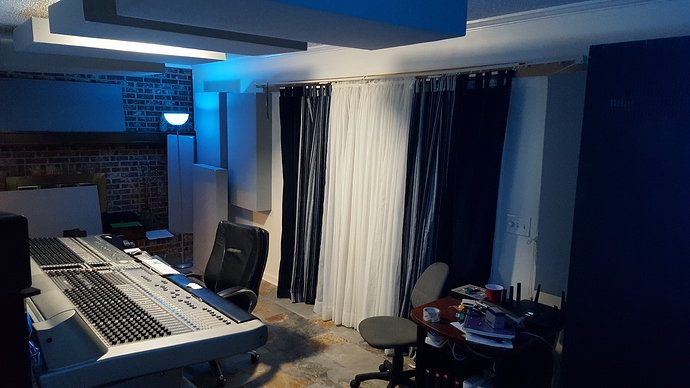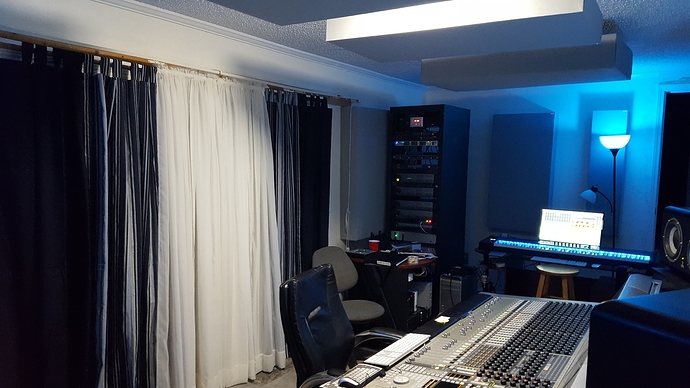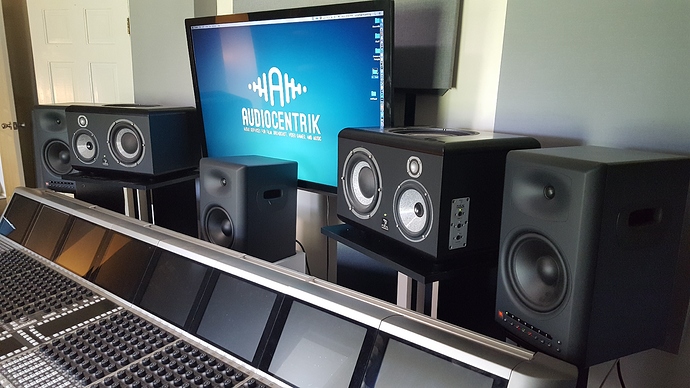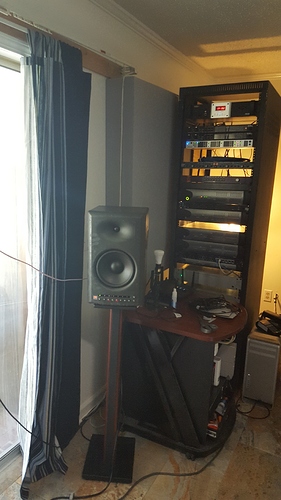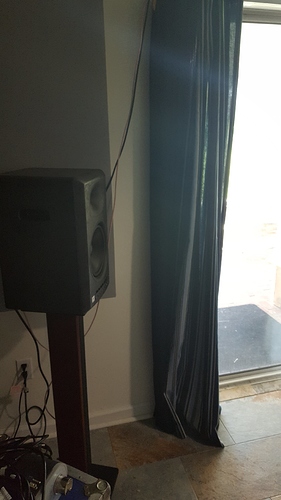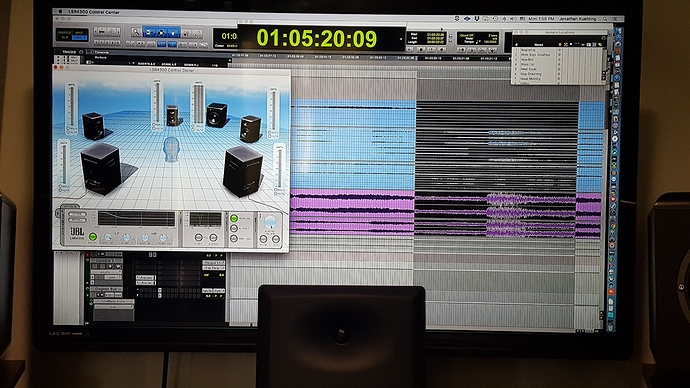I’m assuming this question directed at me and/or @feaker?
I’m re-couping a lot of the build out expenses with broadcast audio. On the music production side, I’m working on some educational resource stuff and with some religious record labels.
For the broadcast guys, I try and shoot for a yearly per-client retainer of about $40k - $60k pr company contract. The workload varies. For the music stuff, if there’s a dependable producer involved, I usually give a flat rate on a case-by-case. And that often depends on how specifically the producer needs my help with. A lot of them will save time, budget, and speed up the workflow by tracking a lot of the material themselves.
I’ve been trying to avoid hourly clients and independent musicians for quite some time.
The real focus for me has always been intellectual property. That’s really how audio and media production companies seem to scale and grow. Not off contracts.
I used cash for the whole thing, and because of the instability of this business, I wanted it debt free. Which was one of the reasons I didn’t attempt to build an $800k facility. I also insisted to the realtor that it would be a property that could be re-sold if need be. You can’t sell a pole barn with Augspurgers and an immaculately soundproofed reflection free zone for anywhere near what you put into it. That’s why I ended up with renovating a house. If in 3 years I manage to secure a position with a game audio company or film franchise on the west coast, I can ditch this place and jet.
Property taxes are a little over $2000 pr yr, since its a commercial building, and not a residential house. (Then they’d be $500/yr because SC is cheap). Then we have utilities, yard care, cleaning, and pest control come through monthly. There’s a normal residential internet bill too. I think that’s really all for the expenses. It took about $20,000 to update the office with smart electronics, a new garage door, overhauling the electrical, replacing the HVAC system, re-doign the bathrooms etc…
Well, if you count catching up on training materials and studying, there’s always something to do. 
Ok. I determined about 5 years ago that it its impossible to scale a company on for-hire contracts. Even if I could expand to several locations to increase regional marketshare, economies of scale hurts you (which is technically diseconomies of scale working against you). And from everything I understand, its because mass production and bulk orders of goods are of no benefit to recording studios (such as McDonalds ordering xxx pounds of french fries for 10,000 locations opposed to one). If the profit margins don’t increase proportionately to the market expansion, the whole scale of business concept is a bust. The metrics just don’t allow it.
Instead what I figured out was that I could leverage labor, which is ultimately why I go for the higher priced contracts and prefer to do it on the flat rate when I accept them. If I can quote a certain price based on work hours, but have interns, assistants, or outsource personnel to do the labor intensive editing (or possibly even tracking), then you can start to grow. The problem is, not fast enough. I’m still not content relying on the higher priced contracts though, and I’ll add some reasons why in a bit.
…I actually have to run…I’ll add more to this later.


 Ha, just kidding. It’s pretty extreme infatuation or obsession though. I can tell you have learned a lot through that process though.
Ha, just kidding. It’s pretty extreme infatuation or obsession though. I can tell you have learned a lot through that process though.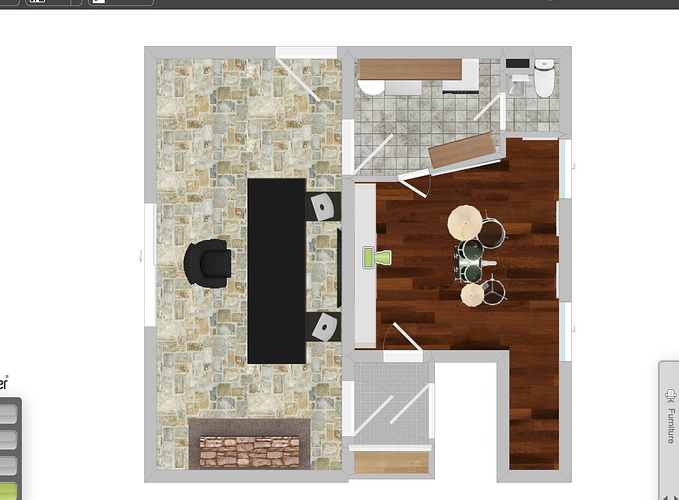
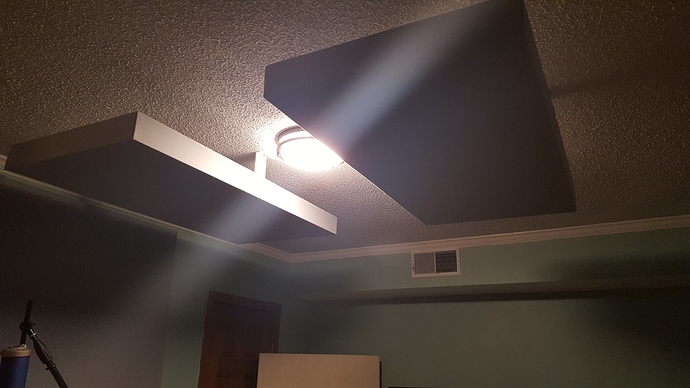
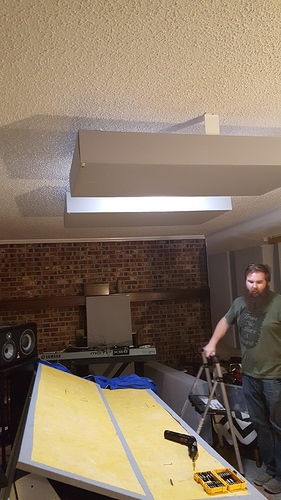
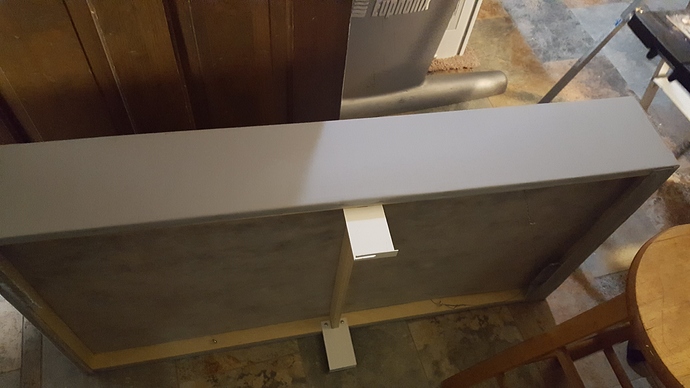
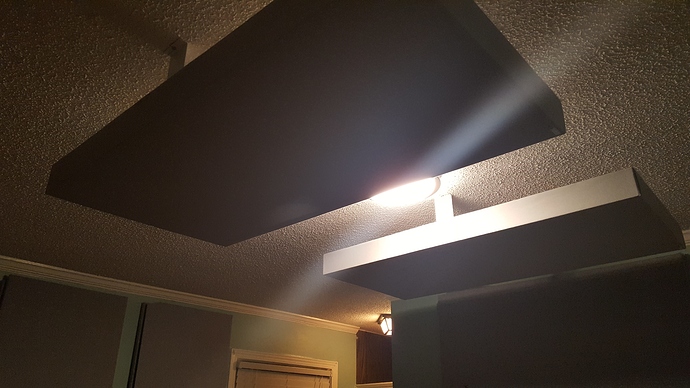
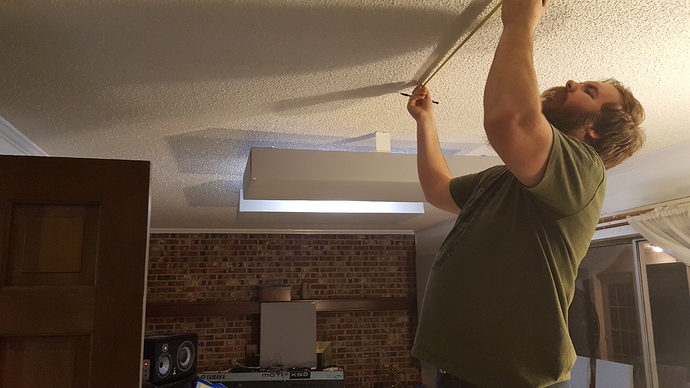
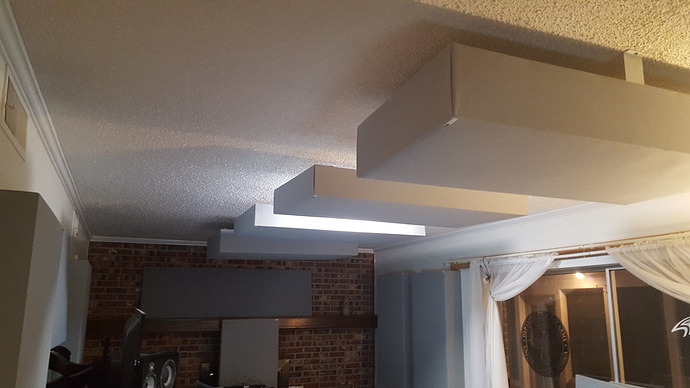
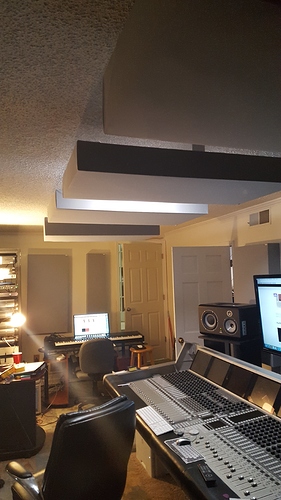

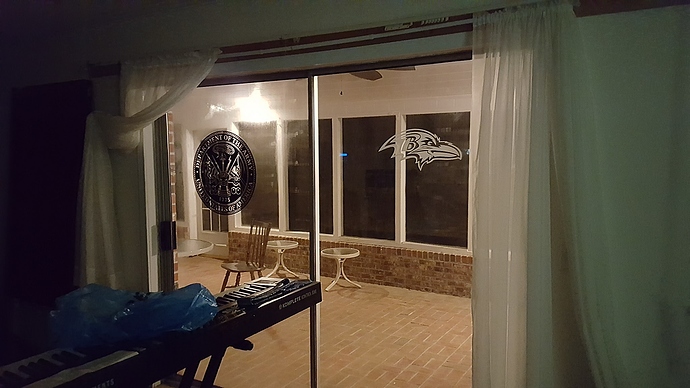
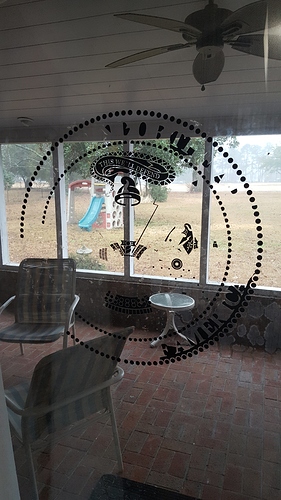
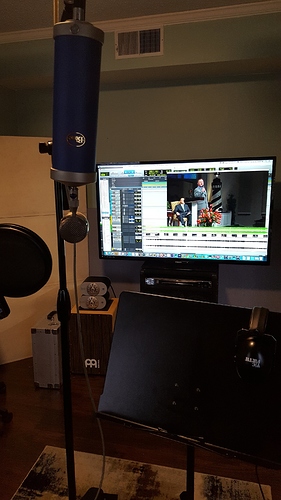
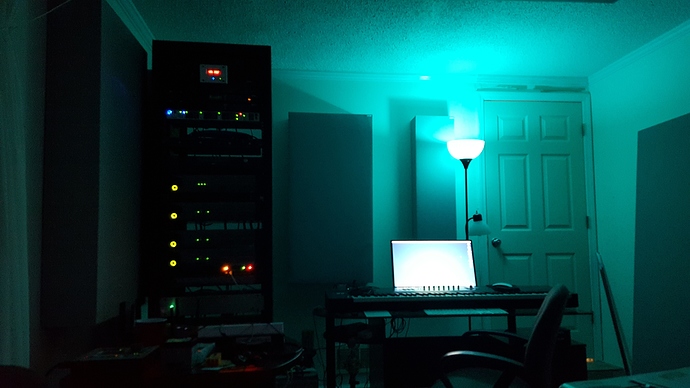
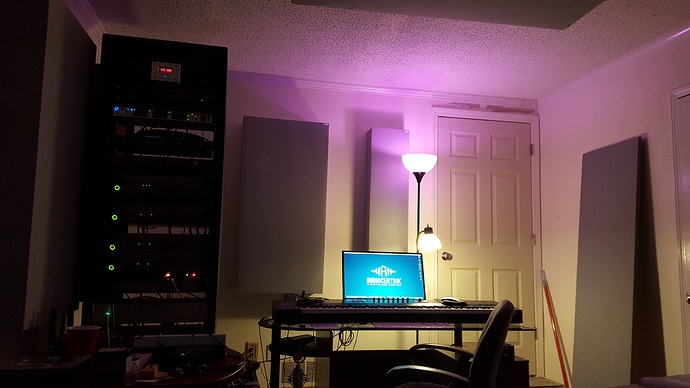
 That golf course looks gorgeous out the back window in the spring when grass starts turning green again.
That golf course looks gorgeous out the back window in the spring when grass starts turning green again.
